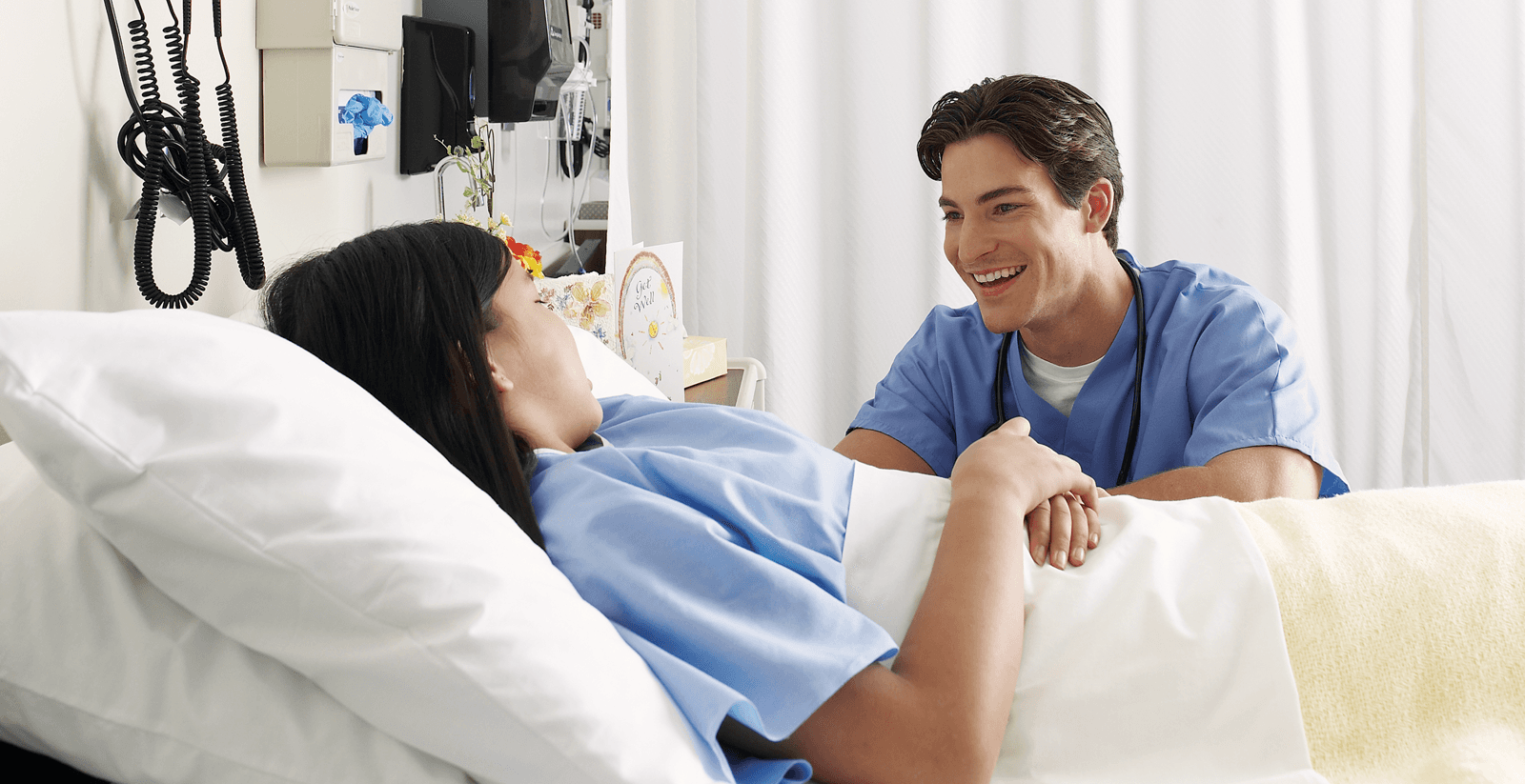Prevent Hospital Infections

Reduce Your Risk During Your Stay
According to the Centers for Disease Control and Prevention (CDC), 1 in 31 patients picks up an infection during their hospital stay. Your healthcare team will work hard to prevent infections, but there are also steps you can take to protect yourself.
Catheter-Associated Urinary Tract Infection (UTI)
Germs enter your urinary tract when you have a tube (catheter) to drain urine
- fever
- burning or pain in lower belly
- bloody or frequent urination
- clean hands before touching area
- keep urine bag below level of bladder to prevent backflow
- don’t tug, pull, twist or bend the tube
- secure catheter to your leg and ask every day if it’s still needed
Surgical Site Infection
Germs affect the site of your surgery—either on your skin or internally
- redness
- pain
- drainage of cloudy fluid
- fever
- do not shave surgery site (irritation increases risk of infection)
- clean hands before touching area
- don’t let visitors touch or dress your wound
- ask your nurse to show you how to care for your wound
Central Line-Associated Bloodstream Infection
Germs enter your bloodstream through a large tube that’s inserted in a vein near your neck, chest or groin
- red skin and soreness at site
- fever
- chills
- clean hands before touching area
- make sure staff wears gloves, gown, cap, mask
and sterile drape when handling the tube - speak up if your bandage comes loose, looks wet or dirty, or if your skin looks sore
- avoid touching tube or letting visitors touch tube
- ask that tube be removed as soon as possible
Ventilator-Associated Pneumonia
Germs enter your lungs through a tube in your mouth, nose or neck used to help you breathe
- cough with mucus
- nausea and vomiting
- fever and chills
- chest pain
- shortness of breath
- clean hands before touching area
- ask if it’s safe to raise the head of your bed
- know how often the inside of your mouth needs to be cleaned and speak up when it hasn’t happened
- ask that tube be removed as soon as possible
